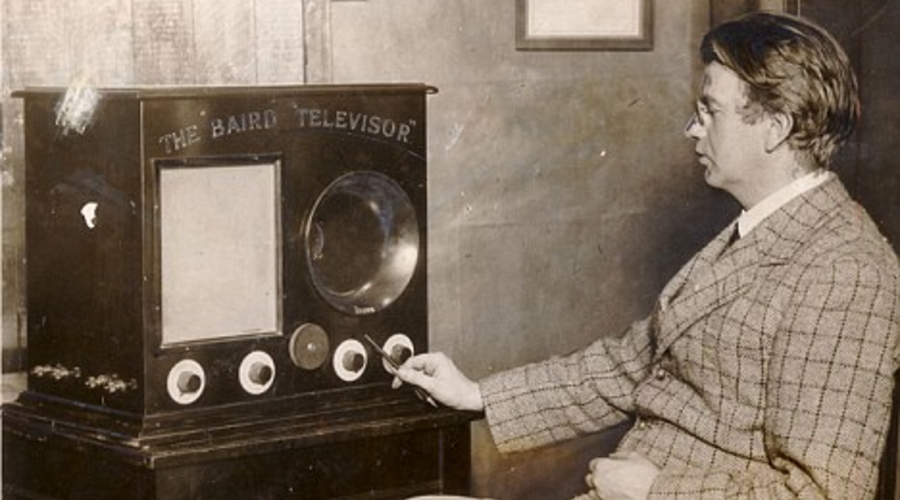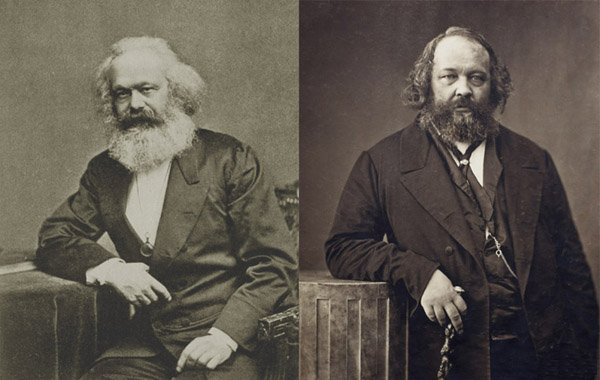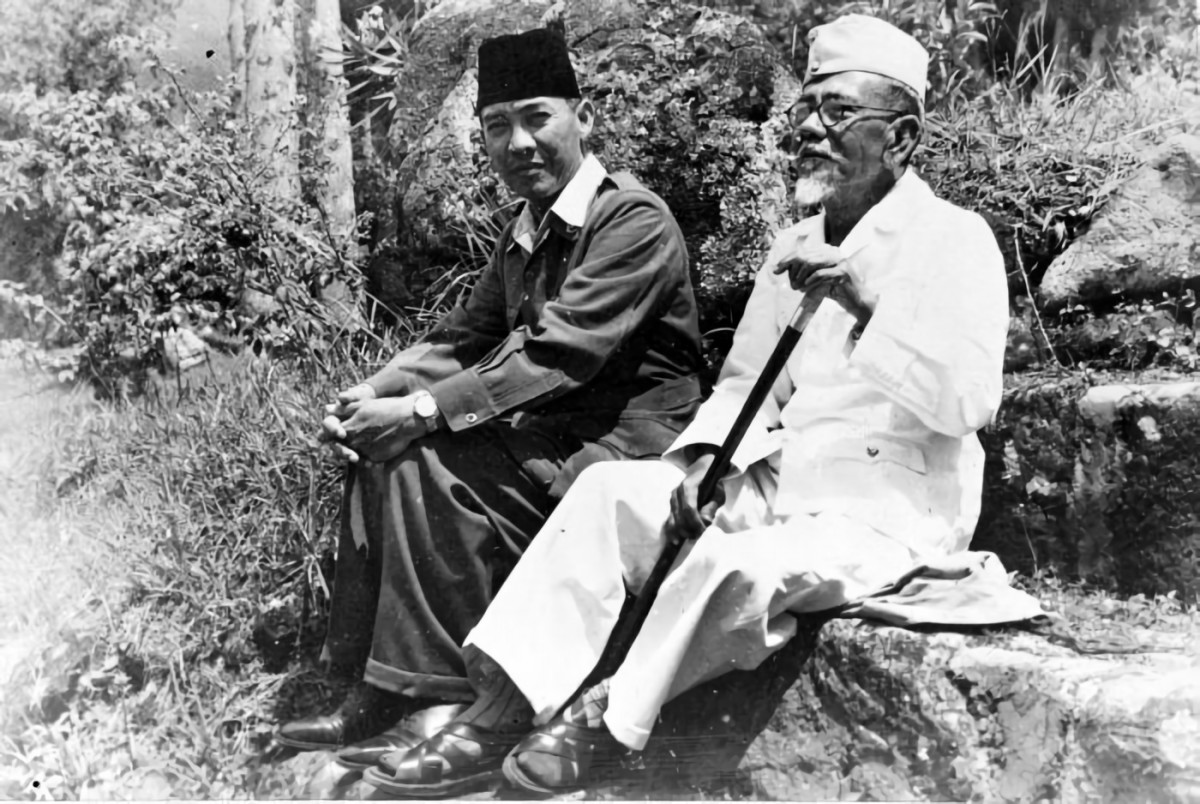John Logie Baird was a Scottish engineer, inventor, and innovator who is widely credited with being the inventor of television. He demonstrated the first working television system in 1926, and he continued to develop his technology throughout his life.
Baird was born in Helensburgh, Scotland, in 1888. He studied electrical engineering at the University of Glasgow, but he left before graduating to pursue his interest in television.
Baird’s early experiments with television were mechanical in nature. He used a spinning disc to scan images, which were then transmitted to a receiver. This system was limited in resolution and quality, but it was a major breakthrough at the time.
Baird demonstrated his first working
In 1926, Baird demonstrated his first working television system in London. The system used a mechanical scanner to produce images with 30 lines of resolution. This was a significant improvement over previous systems, and it paved the way for the development of television as we know it today.
Baird continued to improve his television technology throughout the 1920s and 1930s. He developed a color television system in 1928, and he also experimented with electronic television.
Baird’s work was instrumental in the development of television as a mass medium. His inventions made it possible to transmit images over long distances, and they helped to lay the foundation for the television industry as we know it today.
Baird’s Life and Legacy
Baird was born on August 13, 1888, in Helensburgh, Scotland. He was the youngest of four children born to John Logie Baird, a minister, and Jessie Morrison.
Baird showed an early interest in science and engineering. He studied electrical engineering at the University of Glasgow, but he left before graduating to pursue his interest in television.
In 1922, Baird began experimenting with television. He developed a mechanical scanning system that used a spinning disc to create images.
In 1926, Baird demonstrated his first working television system in London. The system used a mechanical scanner to produce images with 30 lines of resolution.
Baird continued to improve his television technology throughout the 1920s and 1930s. He developed a color television system in 1928, and he also experimented with electronic television.
Baird’s work was instrumental in the development of television as a mass medium. His inventions made it possible to transmit images over long distances, and they helped to lay the foundation for the television industry as we know it today.
Baird died on June 14, 1946, in Bexhill-on-Sea, England. He was 57 years old.
Baird’s Contributions to Television
Baird’s contributions to television are numerous and significant. He is credited with being the inventor of television, and his inventions made it possible to transmit images over long distances.
Baird’s early work with mechanical television was groundbreaking. His system was the first to successfully transmit images over a distance, and it paved the way for the development of electronic television.
Baird’s later work with color television and electronic television was also significant. His color television system was the first to be demonstrated publicly, and his electronic television system was more efficient and reliable than mechanical television systems.
Baird’s work had a profound impact on the development of television. His inventions made it possible to create a mass medium that would entertain, inform, and educate people all over the world.
Conclusion
John Logie Baird was a brilliant engineer and innovator who made a lasting contribution to the development of television. His inventions made it possible to transmit images over long distances, and they helped to lay the foundation for the television industry as we know it today.


